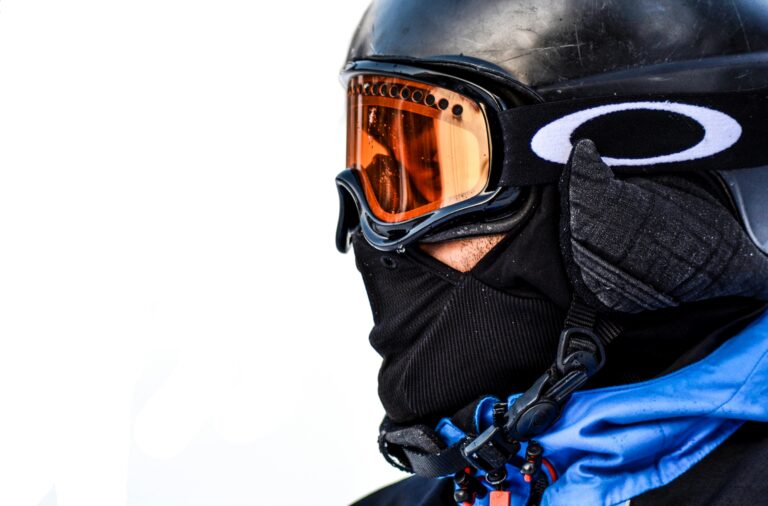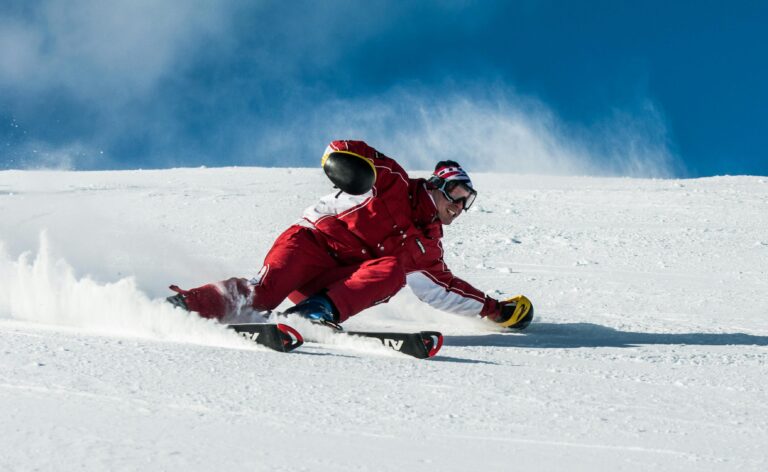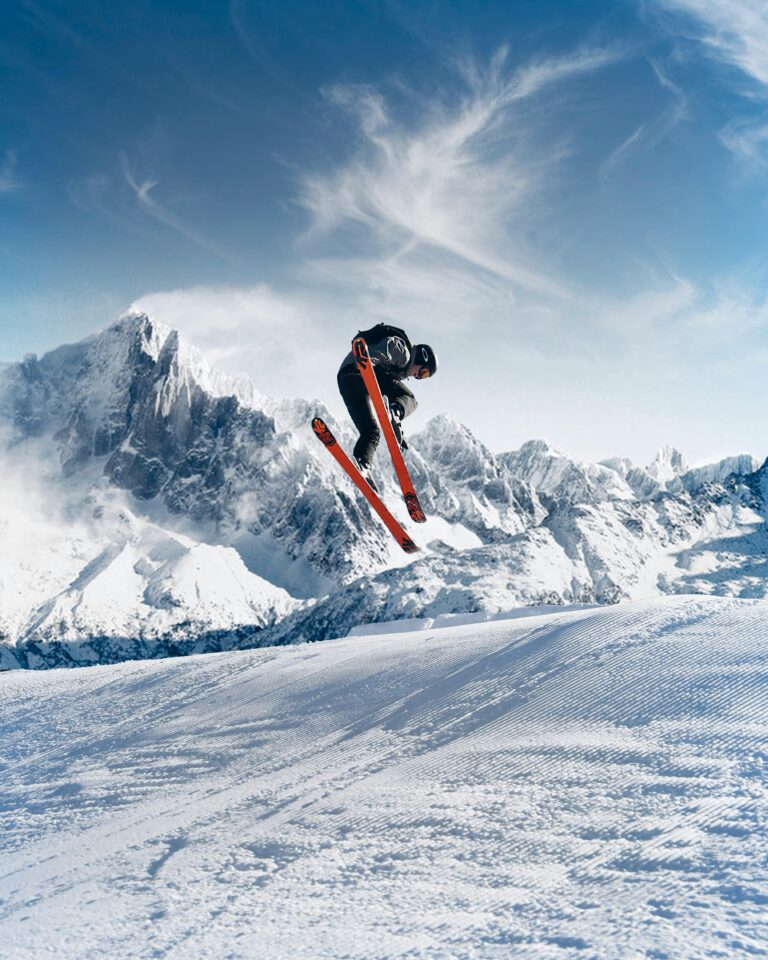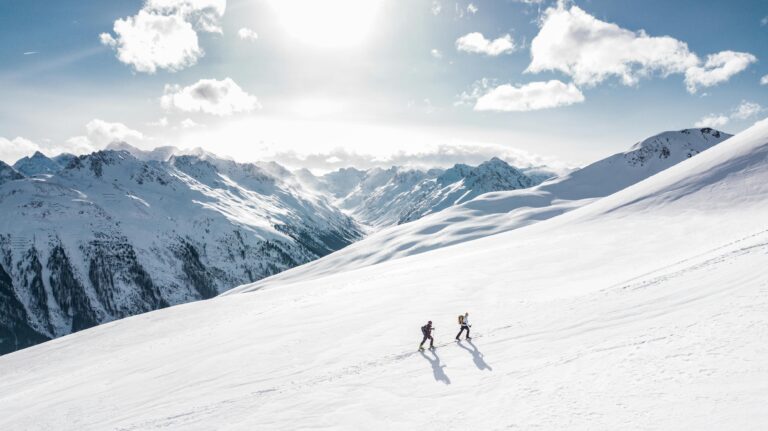So, you’re gearing up for some time on the slopes and ready to feel that chilly breeze on your face. But before you hit the snow, here’s a quick question: have you waxed your skis recently? Ski waxing might not be the most exciting topic, but it’s a game-changer for how well your skis perform. Wondering how much you should shell out for it? Let me help you figure out what’s worth spending so your skis glide like a dream—and save you from some mid-run frustrations.
How Much to Get Ski Waxed
The cost to professionally wax skis generally ranges from $20 to $60, depending on the type of service and the ski conditions. Prices might be higher for specialty treatments, and it’s essential to check with local shops for specific pricing in your area.
Waxing your skis isn’t just about looking good—it literally keeps your gear moving fast and smooth. Knowing how much it costs lets you plan ahead without surprises. Things like the wax type, your ski’s condition, and where you get the work done all influence the price tag.
Average Pricing for Different Types of Waxing
Prices vary quite a bit depending on what you need done. Here’s a quick rundown:
- Basic Waxing: Usually $20 to $30 for a hot wax that handles regular upkeep.
- Full Tune-Up: If you want edges sharpened and base repairs along with waxing, expect $40 to $60.
- Specialty Waxing: Need race or special-condition wax? That’ll run $60 or more.
Here’s the pricing in a nutshell:
| Type of Waxing | Price Range |
|---|---|
| Basic Wax | $20 – $30 |
| Full Tune-Up | $40 – $60 |
| Specialty Waxing | $60 and up |
Factors Influencing Costs
What makes ski waxing cost more or less? A few things to keep in mind:
- Type of Wax: Hot wax usually costs less, but cold wax can be better for certain snow types.
- Ski Condition: If your skis need fixing beyond just waxing, that’ll bump the price.
- Provider Reputation: The big-name shops often charge more because you’re paying for experience.
- Location: Urban spots usually mean higher prices compared to rural areas—simple supply and demand.
How Often Should You Wax Your Skis?
Waxing frequency really depends on how often and where you ski:
- Beginners/Casual Skiers: Every 8-10 days on the slopes.
- Intermediate Skiers: Aim for every 5-7 days, especially if weather conditions change.
- Advanced/Competitive Skiers: Every 1-3 days to stay sharp and fast on race day.
If your skis start feeling slow or gritty, that’s a clear warning sign it’s time to wax. Keeping up with waxing not only improves your glide but also makes your skis last longer.
Is DIY Ski Waxing a Viable Option?
Trying wax at home? It’s a smart way to save money, but here’s what you should know:
- Initial Investment: Expect to spend $40 to $100 on a good waxing kit—wax, tools, the works.
- Quality Comparison: DIY can work well if you’re patient, but professionals usually get a smoother, longer-lasting finish.
- Pro Tip: Always clean your skis before waxing and match the wax to the snow temp for best results.
What Are the Different Types of Ski Wax?
Different waxes do different things. Here’s the quick lowdown:
- Glide Wax: Cuts down friction so you move faster downhill.
- Grip Wax: For cross-country skiing, giving you traction when climbing hills.
- Temperature-Specific Waxes: Tailored for certain snow temps—using the right one makes a big difference.
Race waxes are super specialized and give pros their edge but aren’t for casual waxers.
How Can Waxing Improve Ski Performance?
Waxing is more than upkeep; it genuinely boosts how you ski:
- Faster Glide: Good waxing shaves precious seconds off your run.
- Longer Ski Life: Wax protects the ski base from damage, so you avoid costly repairs later.
The National Ski Areas Association sums it up nicely: “A well-waxed ski not only glides better but also reduces fatigue on the skier.” So it helps you ski longer and feel better doing it.
What Tools Do I Need for DIY Ski Waxing?
If you’re ready to try waxing at home, here’s what you’ll want:
- Waxing Iron: Melts wax evenly on your skis.
- Scraper: Removes extra wax without damaging the base.
- Brushes: For polishing the base and getting that perfect finish.
- Base Cleaner: Cleans off old wax and dirt before you start fresh.
Plan for around $50-$150 depending on the brands you pick; Swix and Toko are solid starters.
When to Choose a Professional Over DIY Waxing
DIY is great, but sometimes leaving it to the pros just makes sense:
- Ski Damage: Serious base or edge damage requires professional repairs.
- Skill Level: If you’re new to waxing, the process can be tricky.
- Time Crunch: No time to do it yourself? Paying for convenience is worth it.
Frequent Questions About Ski Waxing
- How often should I wax my skis? Every 5-10 ski days or when you notice a performance drop.
- Can I wax my skis myself? Yes, but keep in mind it takes a bit of practice to get it right.
- What happens if I don’t wax my skis? You’ll get slower, more friction, and sooner or later, your skis base will suffer damage.
For more details on budgeting for skiing costs overall, check out “How Much Does It Cost to Ski & Ski on a Budget (per person)”.
Taking care of your skis with regular waxing, whether you do it yourself or a pro does it, makes a big difference every time you hit the mountain. Your skis will thank you with smooth turns and speed—and you’ll enjoy every run that much more.
Must-Watch Videos
Want a visual guide to waxing at home? These tutorials are gold:
- Beginner’s Guide to Ski Waxing:
- Expert Ski Waxing Techniques:
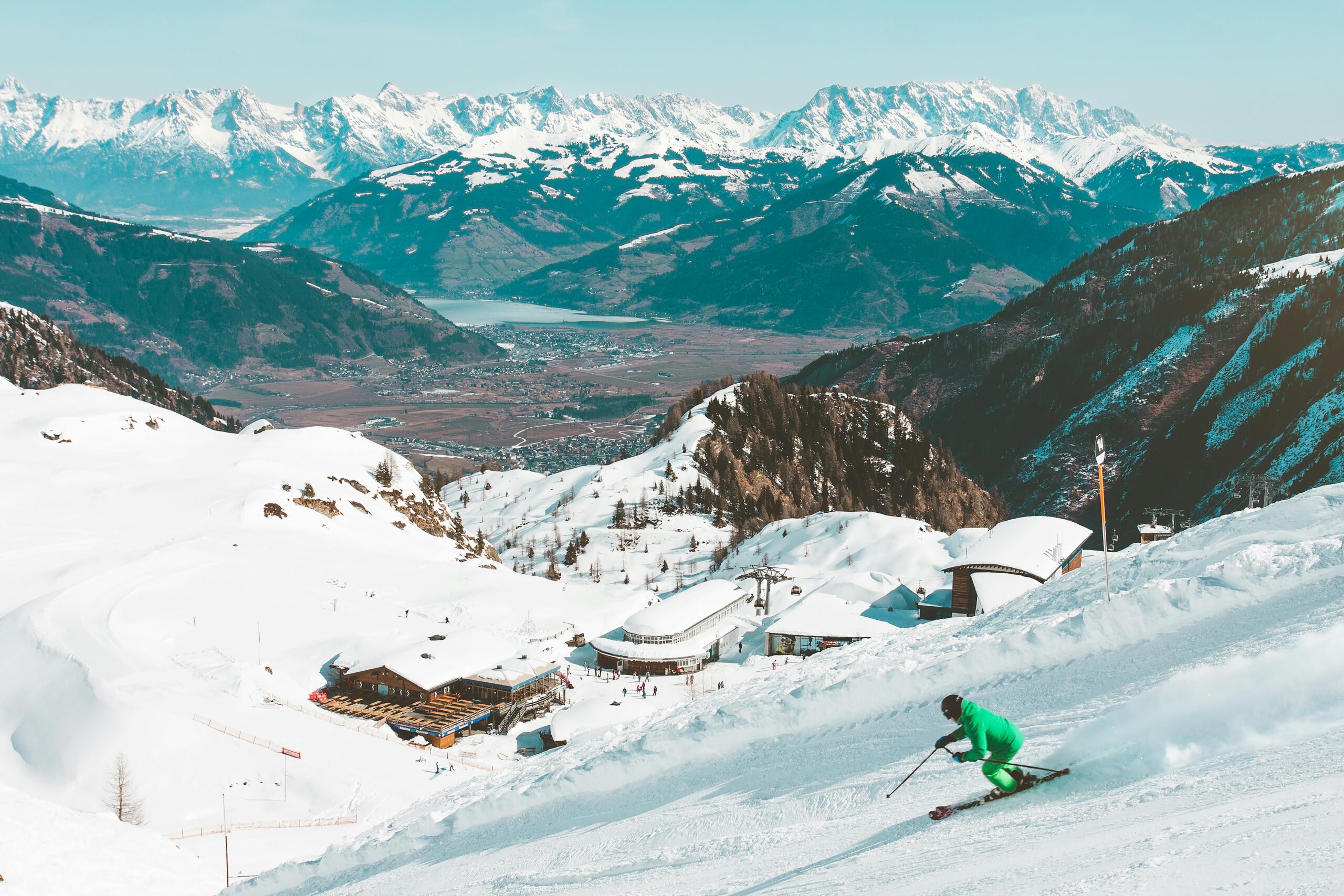
Happy skiing! May your skis glide as smoothly as your favorite morning brew on a chilly day.

